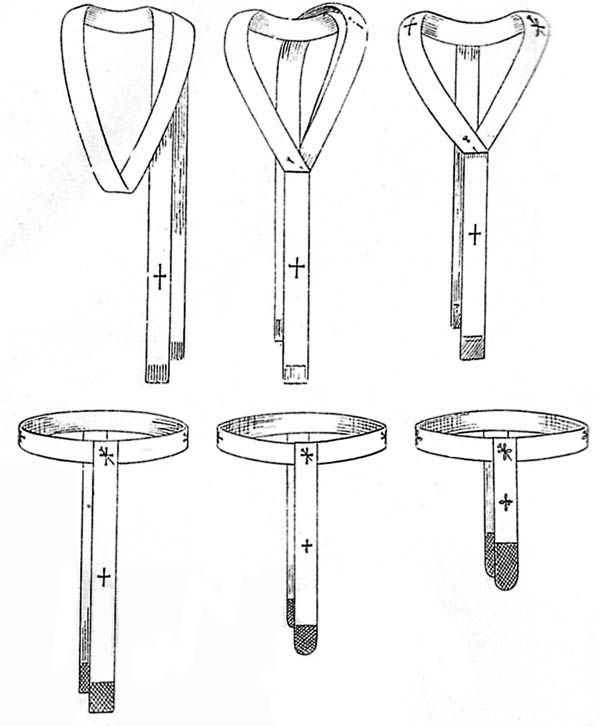First, I have just read a very good post by Fr. Ray Blake on St. Agnes. Terrifyingly, he suggests that, having seen her relics and the size of her skull, she may, in fact, have been somewhat younger that the 13 years that my source stated. A small child, the victim of an attempted forced marriage, subsequently forced into a brothel, and finally murdered because she resisted attempts of sexual violence against her, because of, and strengthened by, her love for Our Blessed Lord. Sadly, despite the intervening centuries, children are still being subjected to all these horrors in various times and places (perhaps the most shocking and scandalous occasions are when the abuser has been one of our own Catholic Clergy or Religious). Let us continue to pray to St. Agnes, and the other Saints, especially the Virgin Martyrs, for child victims, for an end to abuse, and for healing of the scandals it has caused.
 |
| Reliquary of St. Agnes, showing her skull |
And now, I will return to some lighter topics of interest about St. Agnes.
Agnes is usually depicted, accompanied by a lamb. This is obviously a play on words around her name, the Latin for lamb being, of course, agnus. In fact her name apparently derives from a Greek word meaning 'chaste' or 'pure'. The lamb is, however, very fitting as it suggests youth and innocence (qualities we know Agnes possessed); it's white fleece perhaps a symbol of purity. Then there is a second symbolism - her devotion to Jesus, the Lamb of God.
The Pallium
The link between St. Agnes and the lamb is also associated with the pallium, a vestment worn by the Pope, Primates and Metropolitan Archbishops when celebrating Mass. For those unfamiliar with this garment, here is a picture of St. John Paul, wearing one - it is the Y-shaped thing around his neck, pinned to the chasuble.The wool used in making pallia (I think that's the correct plural) is shorn from two lambs which are raised by Trappists, and presented anually on St. Agnes' Day to the Chapter of the Lateran Basilica by the Canons Regular of the Lateran. These are solemnly blessed during a Papal Mass.
Some readers may recall that when Pope Benedict was first elected, he wore an earlier form of the pallium, resembling the stole of Deacon in the Eastern Rite (see the picture below). It is this pallium which he laid on the tomb of St Celestine, a gesture we now know symbolised his intention to resign his pontificate.
For those interested, here is a diagram showing how the pallium developed from this early form to the modern one (something that might be a call for reviving the Rad Trad's Liturgical Boutique ;-))

